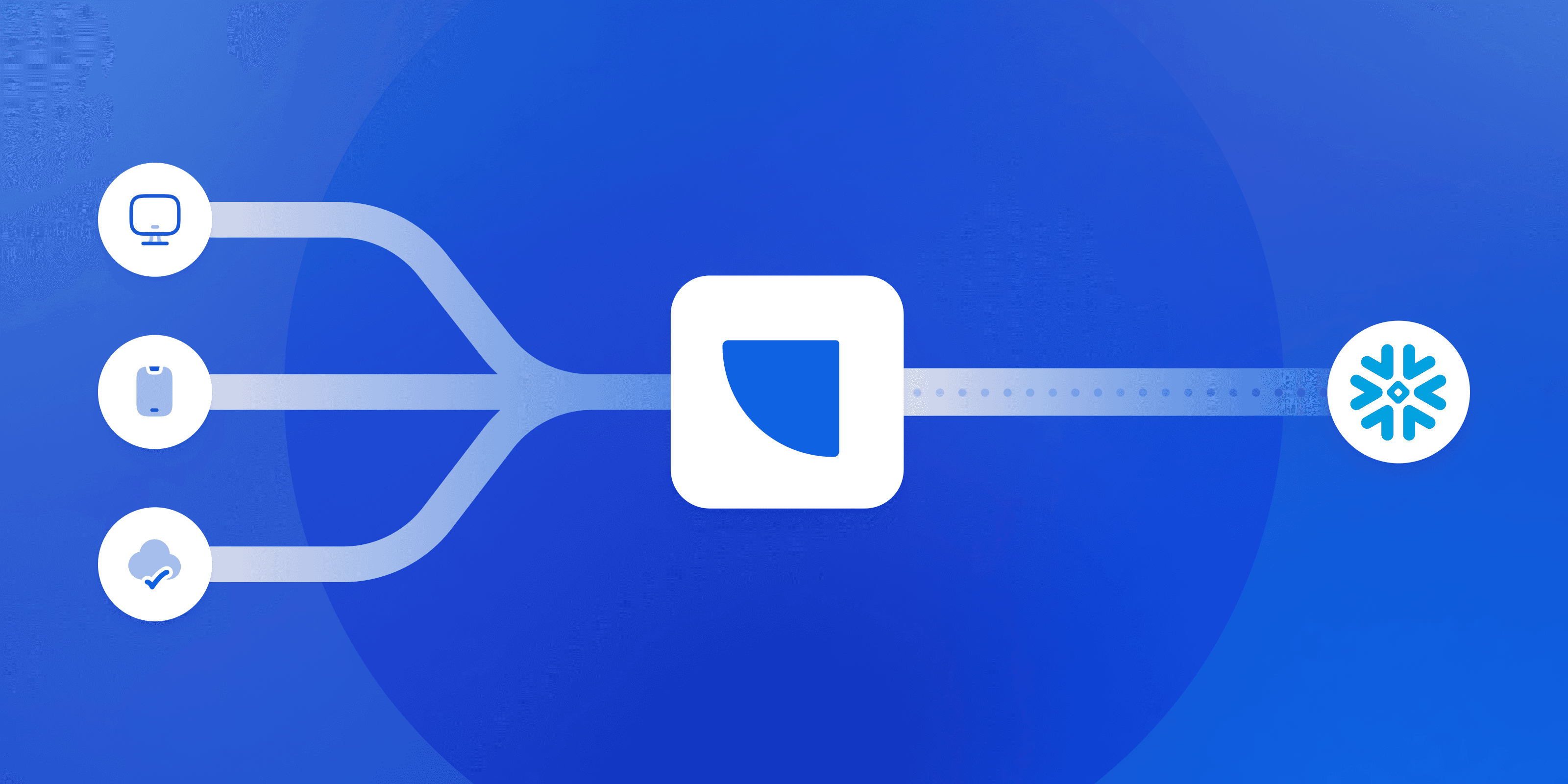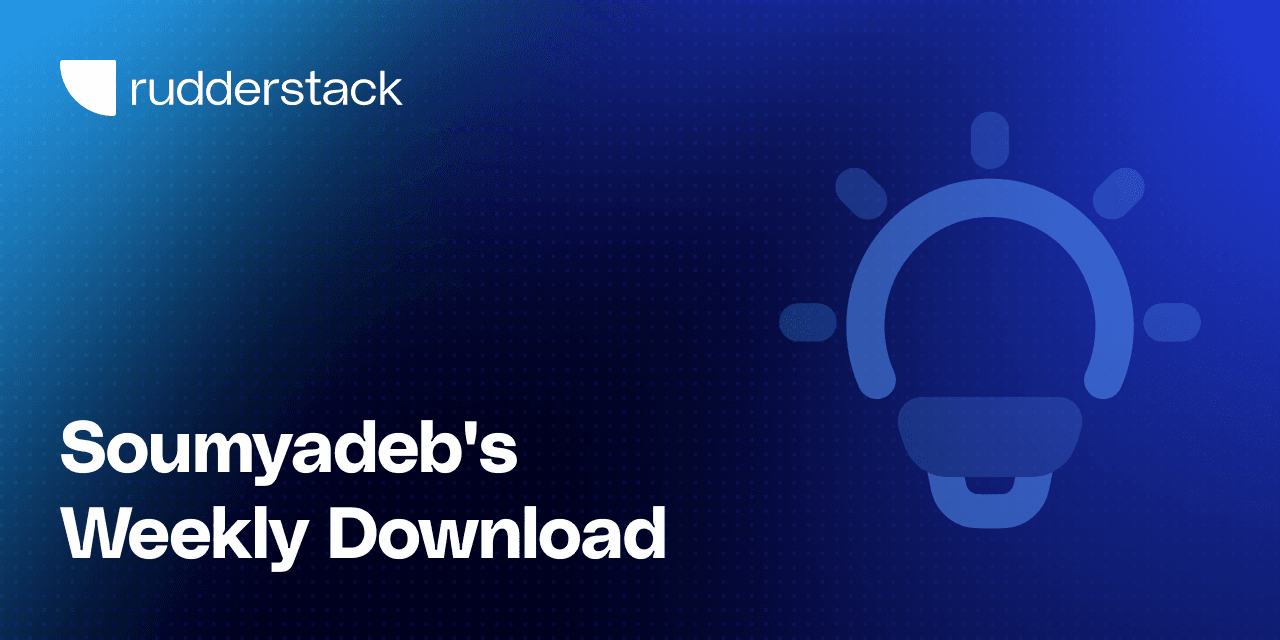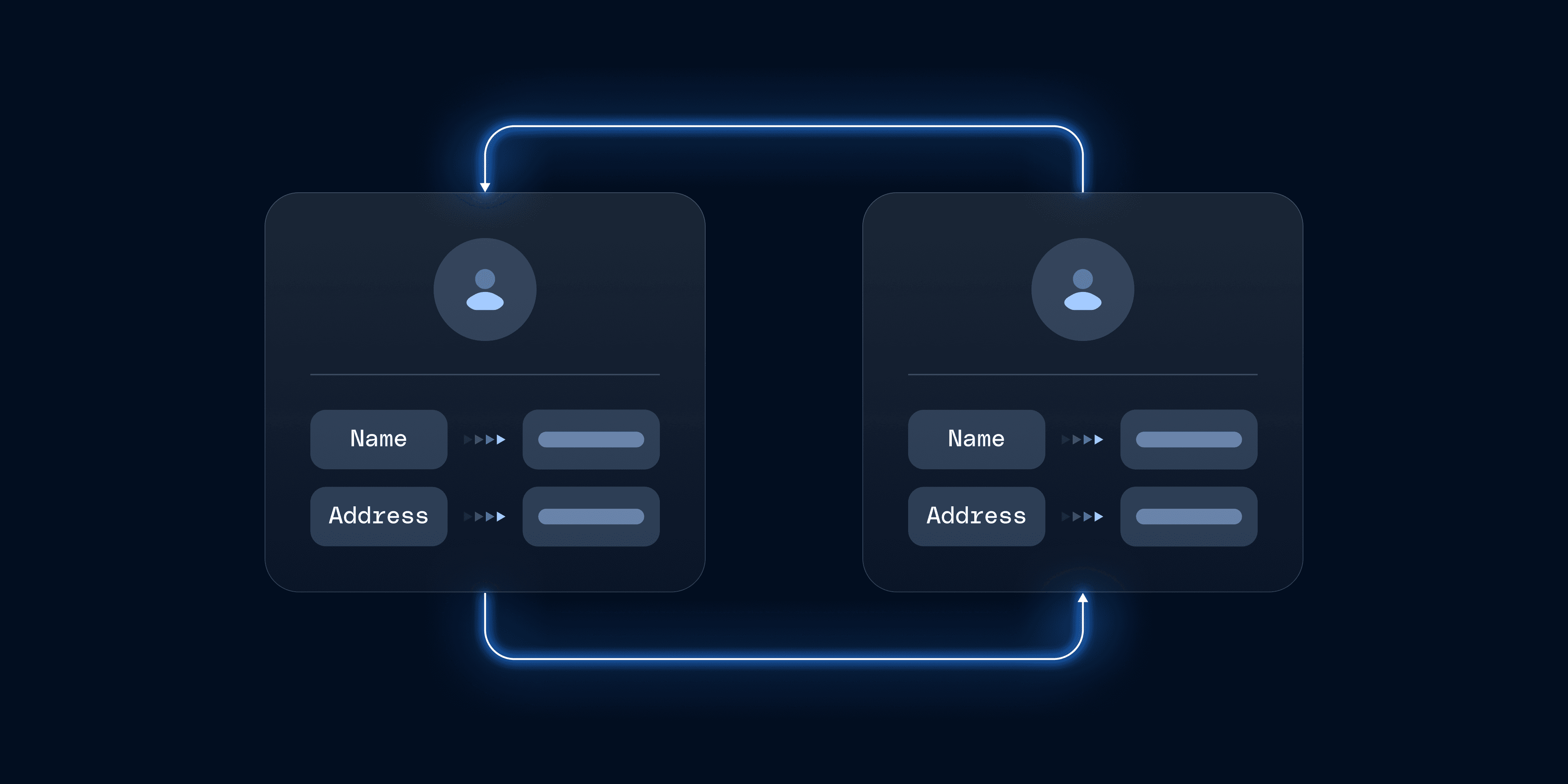Rudderstack blog
News from RudderStack and insights for data teams

Feature launch: Snowflake Streaming integration
Feature launch: Snowflake Streaming integration
With our Snowflake Streaming integration, you can get customer event data from every source into Snowflake faster (and save on your Snowflake bill!). Read the launch blog to learn more.
Unified data platform: How it works & why you need one
by Brooks Patterson
Understanding event data: The foundation of your customer journey
by Danika Rockett
Event streaming: What it is, how it works, and why you should use it
by Brooks Patterson

Understanding event data: The foundation of your customer journey
Understanding your customers isn't just about knowing who they are—it's about understanding what they do. This is where clean, accurate event data becomes a foundational part of your business strategy.

Data management framework: Components and best practices
In this article, we’ll break down the essential components of a modern framework: architecture, integration, governance, and security. We’ll also share practical strategies for building a system that ensures data remains trustworthy and actionable.

If your customer event data is five seconds late, you’re already behind
Access to real-time customer data is no longer a luxury. This article explains how a modern, modern, real-time infrastructure can help you close the gap between customer intent and action, before it’s too late.

The future of personalization: From matrix factorization to prompt-personalized LLMs
Explore how personalization evolves from matrix factorization to LLM-based reasoning. Learn why hybrid systems win: fast retrieval models plus governed context pipelines that let LLMs explain, ask, and act.

Holistic data governance: The key to customer data quality and compliance
Learn how holistic data governance improves customer data quality and compliance, and how RudderStack’s data cloud-native customer data infrastructure helps enforce tracking plans, PII controls, and monitoring across your stack.

What is an identity graph? How it works and why it matters
Learn what an identity graph is, how it links emails, device IDs, and logins, and how to build a privacy-first identity resolution foundation for accurate attribution, personalization, and analytics.

Build vs. buy data pipeline: How to decide
In this article, we'll break down the key components of modern data pipelines, weigh the trade-offs between building and buying, and walk through scenarios to help you make the right choice.

Data privacy compliance: Principles, regulations, & best practices
Learn what data privacy compliance means, how it differs from security compliance, key regulations like GDPR and CCPA, and practical steps to protect PII across real-time customer data pipelines.

Data collection crossroads: When to use RudderStack or Google Tag Manager (or both)
In this post, we’ll review three options for how to implement RudderStack with Google Tag Manager, based on experience we’ve gathered across thousands of implementations.







